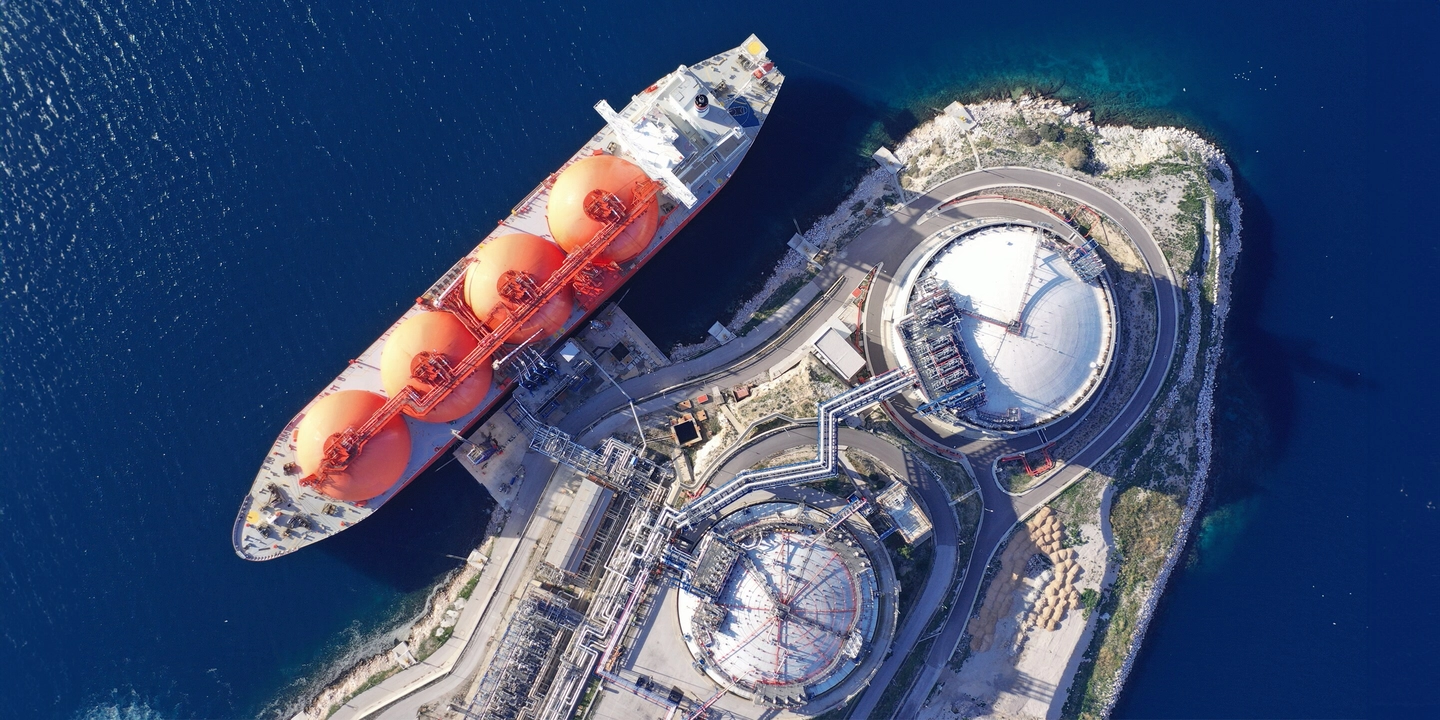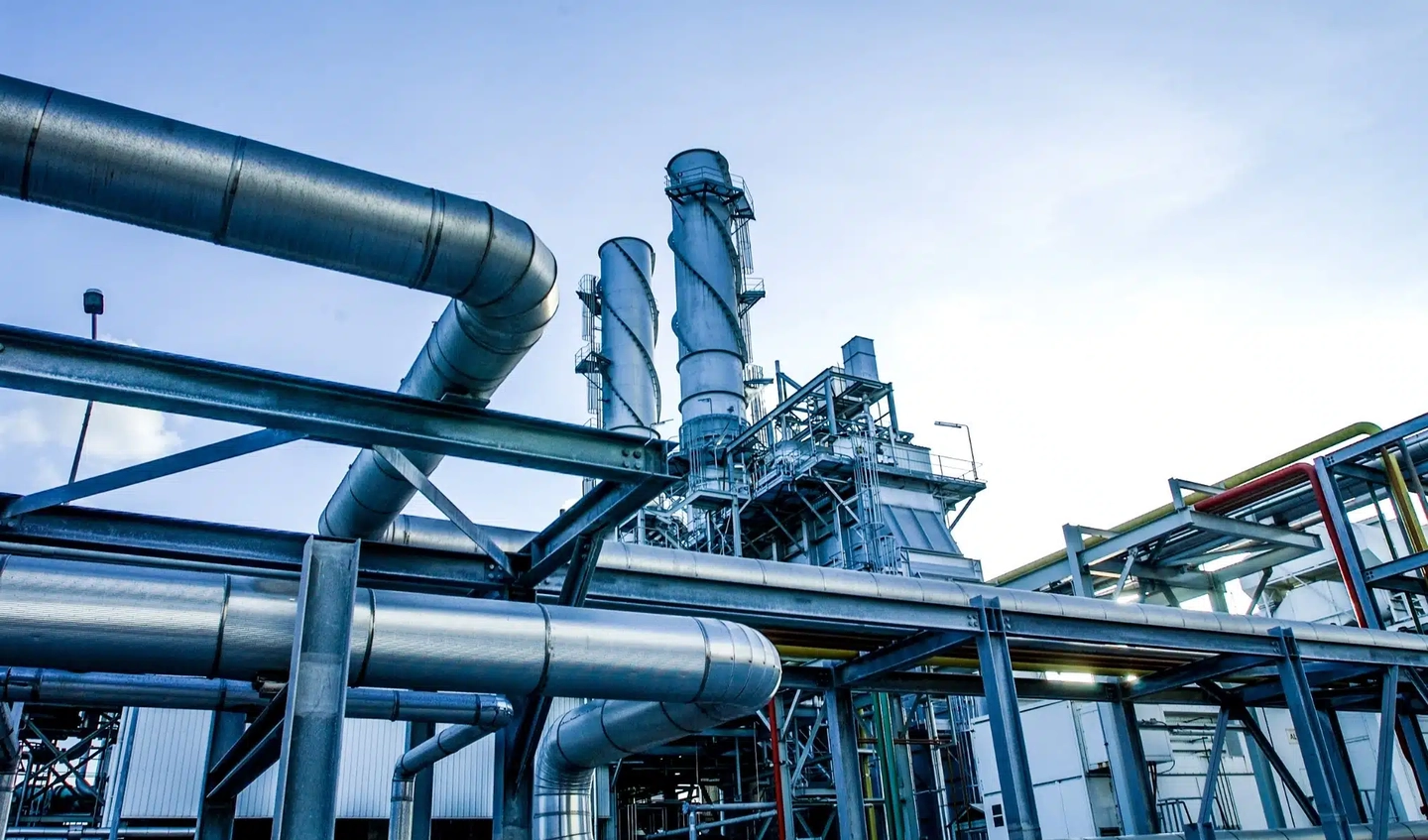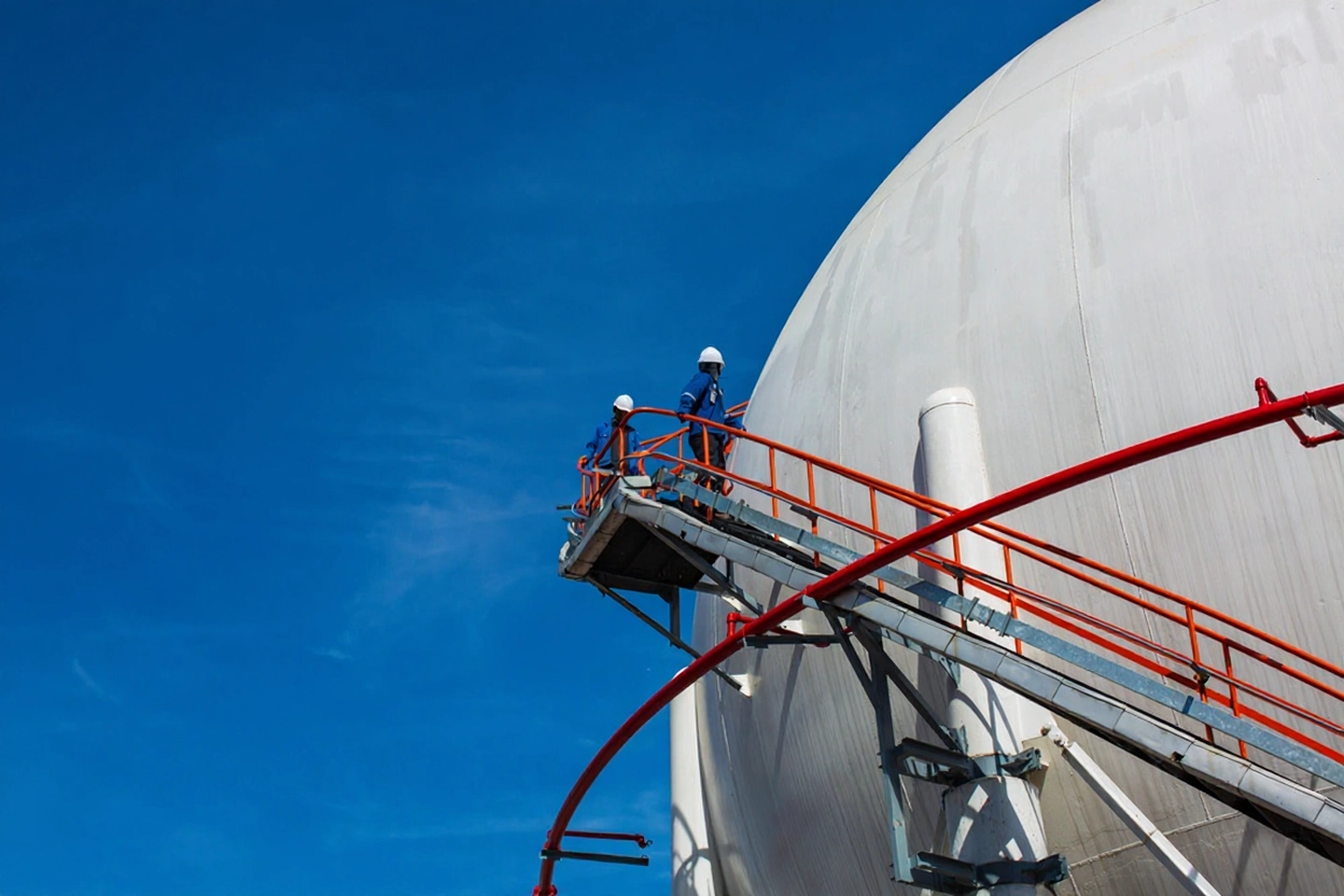Transmission pipelines, distribution pipelines, and liquefied natural gas regasification processes house pressure regulating assets which waste energy. These assets operate with high uptime, enabling consistent power generation that operators can monetize through behind-the-meter use or by selling electricity back to the local utility. Sapphire’s system is rated for hazardous installation and suitable for installation in these assets. Our in-house magnetic bearing system reduces equipment maintenance requirements and ensures constant power generation.
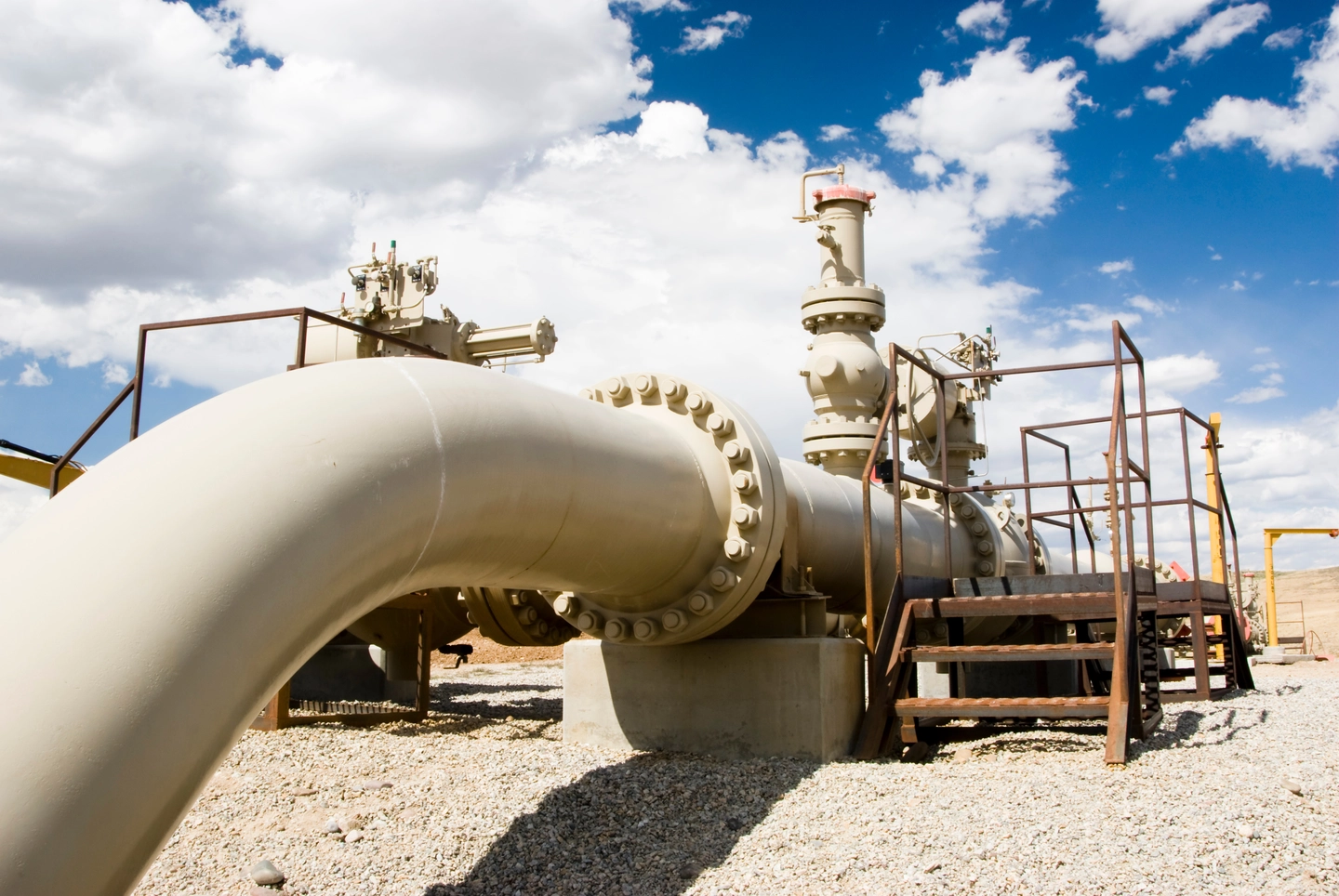
Flexible Power Generation
Behind the meter
- Use generated electricity to operate on-site equipment
Front of the meter
- Sell generated electricity as a qualified facility
- FIT often qualifies for fast-track interconnection
Ready to harness the power of gas expansion?

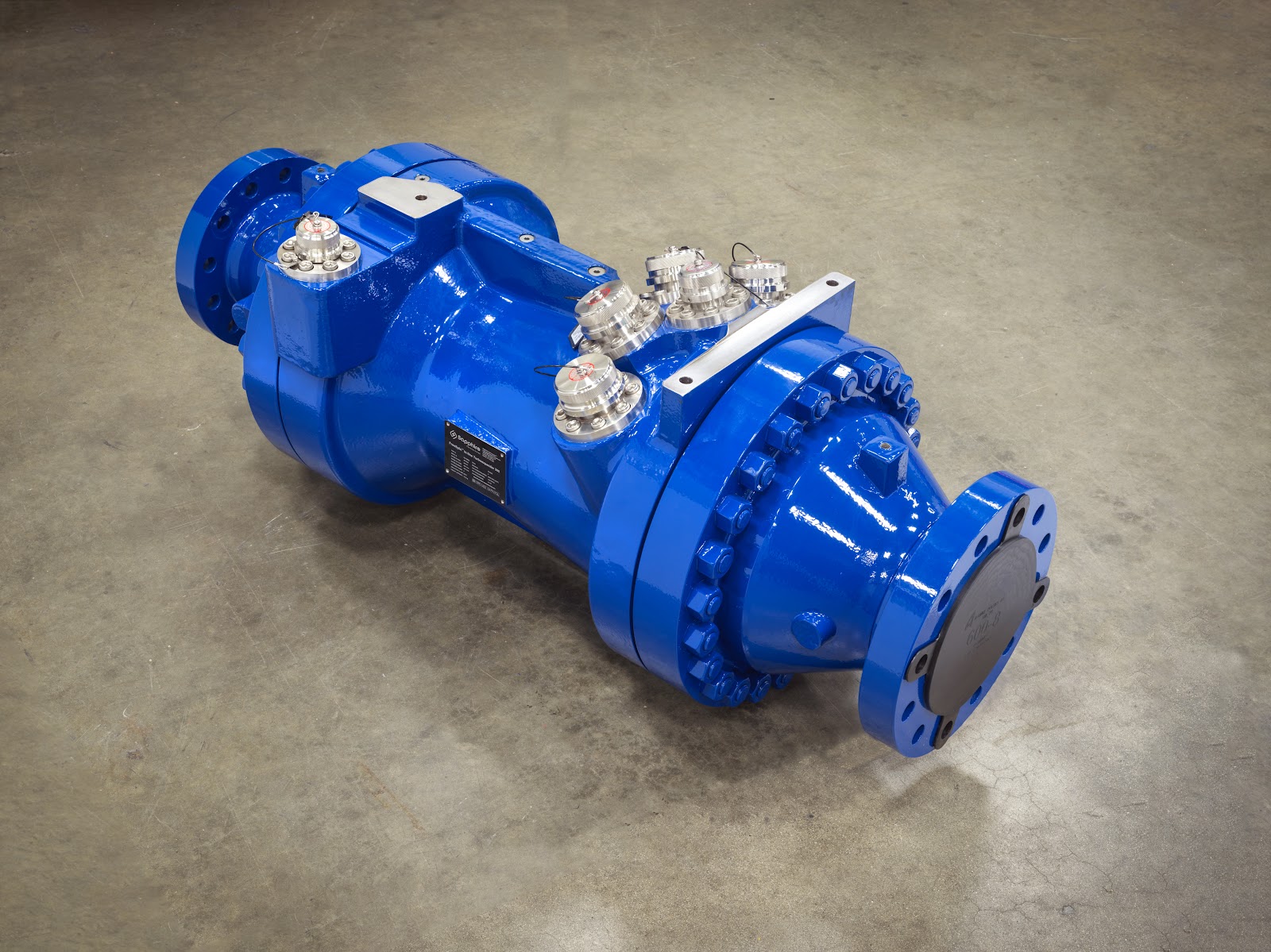
An innovative and economically viable solution to increase the energy efficiency of a natural gas transportation asset
The turboexpander is designed to operate at gas inlet pressures up to 1,600 psig. The 300 kW FIT enables Sapphire’s customers to scale up their power generation capacity by installing multiple units in parallel with the regulating valves.
Turnkey Solution for Pipeline Operations

Efficient Energy Conversion
Sapphire Technologies’ turboexpander generators convert wasted pressure energy from natural gas pipelines into clean electricity, offering a ready-made solution for decarbonization.

Scalable and Low-Cost
The FreeSpin® In-line Turboexpander (FIT) is a low-capex, low-opex system suitable for large-scale deployment across diverse infrastructure networks to drive immediate impact.

Simple, Maintenance-Free Operation
FIT's standardized design and oil-less, in-line architecture ensure straightforward installation and minimal maintenance, reducing long-term operational costs.

Long-Term Operational Cost Reduction
The system helps reduce net operational costs through both behind-the-meter and front-of-the-meter utilization of generated electricity, maximizing energy savings.



